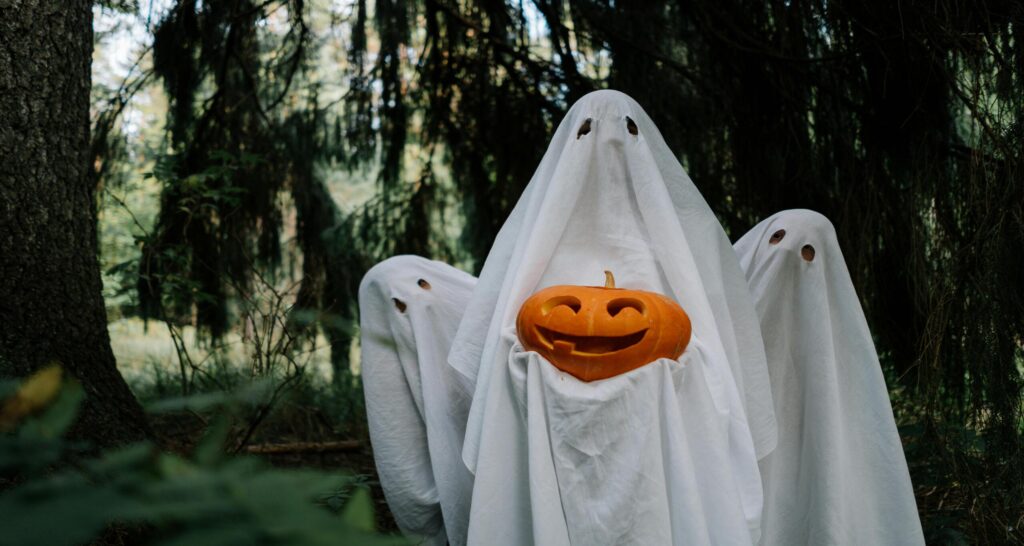

Halloween is one of the most popular celebrations in the world, known for its costumes, pumpkins and nights full of mystery. However, this holiday is much more than just trick-or-treating. Behind the masks and dim lights is a history rich in traditions and cultural symbolism that varies from country to country. This blog will not only take you on a fascinating journey through the different Halloween traditions celebrated around the world, but will also offer curiosities that will surprise you.
The origin of Halloween
The celebration of Halloween, as we know it today, has its roots in the ancient Celtic festival of Samhaincelebrated more than 2,000 years ago. For the Celts, October 31 marked the end of the harvest season and the beginning of winter. It was believed that, during this night, the veil between the world of the living and the dead became thinner, allowing the spirits to walk among us. Over time, the Celtic holiday was adapted by the Christian Church, which designated November 1 as All Saints’ Day, or All Hallows’ Day and the night before became known as All Hallows’ Eve from which the term Halloween derives. Today, although Halloween traditions have been modernized, the spirit of this celebration remains the same: a mixture of respect for the dead and celebration of life.
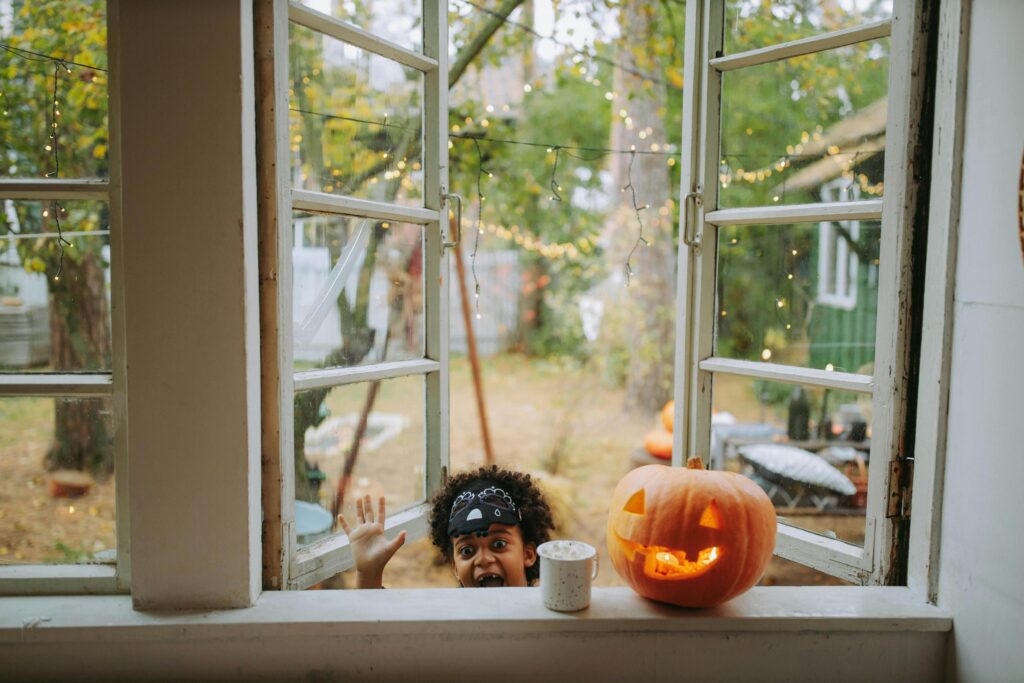
Halloween traditions around the world
Although many people associate Halloween with costumes and candy, in different countries this celebration has very interesting variations:
IRELAND: The birth of Halloween
Ireland is the birthplace of Halloween, and local traditions still reflect the ancient festival of Samhain. In various parts of the country, large bonfires are lit to ward off evil spirits, and traditional games are played such as bobbing for appleswhich consists of catching apples with your teeth as they float in a bucket of water. It is also customary to tell ghost stories on the darkest night of the year.
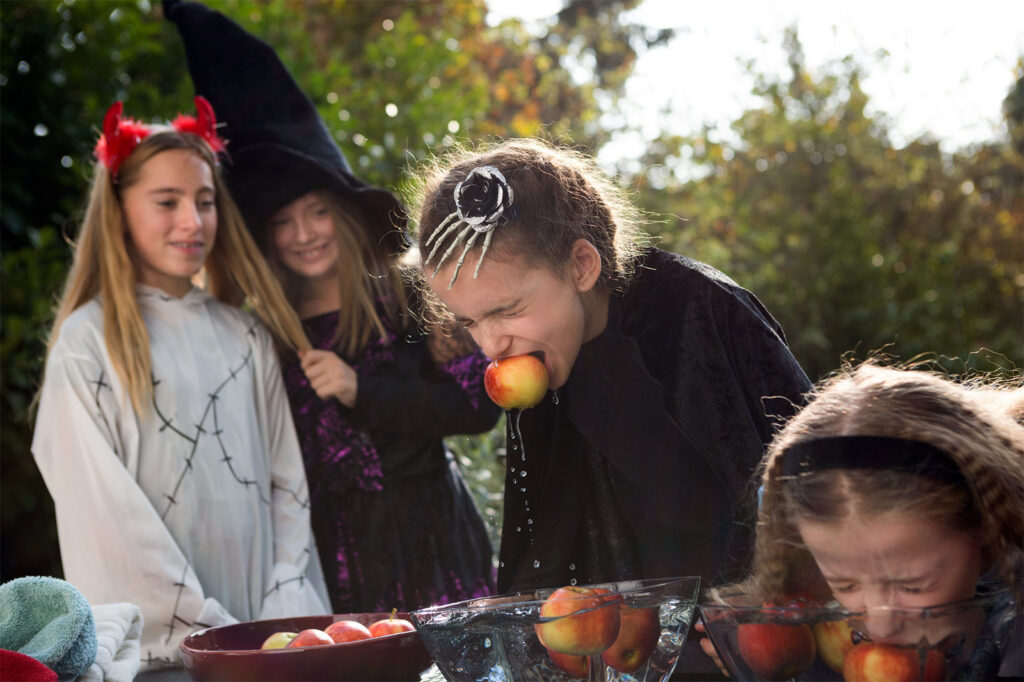
MEXICO: The Day of the Dead
Although not strictly Halloween, Mexico’s Day of the Dead is a colorful and meaningful celebration that also honors the dead. Between October 31 and November 2, Mexican families build altars in their homes to remember their loved ones, decorating them with flowers, candles and sugar skulls. This festivity combines respect for ancestors with a joyful vision of death, where the life of those who are no longer with us is celebrated.
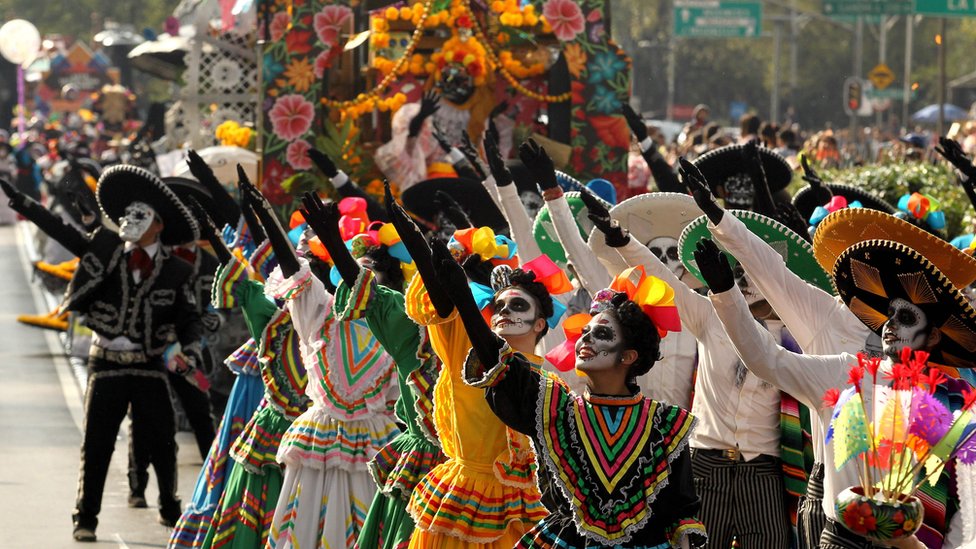
JAPAN: Halloween parade in Kawasaki
In Japan, Halloween has become very popular in the last few years, and one of the biggest events is the Kawasaki Halloween Paradewhich brings together more than 4,000 people in costume. It is a parade full of creativity and fantasy that mixes Japanese pop culture with the most traditional elements of Halloween. It is one of the biggest parties in Asia!
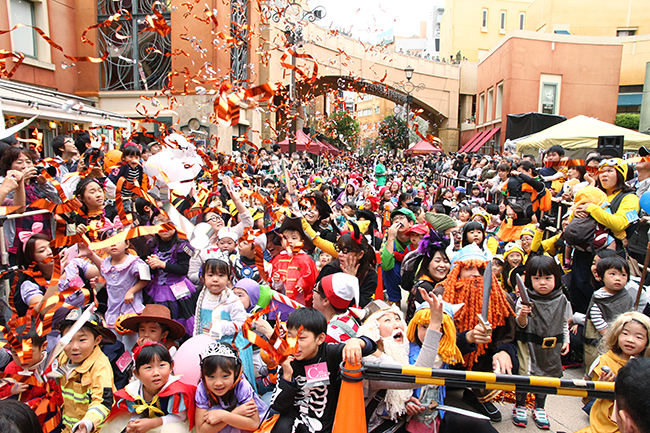
ROMANIA: Dracula’s legend and celebration in Transylvania
Romania, in particular the Transylvania region, is famous for being the land of Count Dracula, the iconic vampire inspired by Prince Vlad the Impaler. Every Halloween, Transylvania becomes a horror tourist destination, with castles, such as the famous Bran Castle, hosting themed events and parties. Visitors can tour historic sites associated with Vlad and participate in night tours, immersing themselves in the mystical and dark atmosphere surrounding the legend of Dracula. Here, Halloween blends with local history and culture, making it an unforgettable experience for horror lovers.
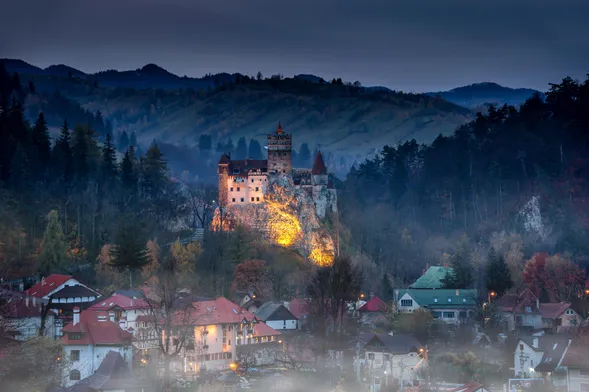
Fun facts about Halloween traditions you probably didn’t know about
Halloween is full of curiosities that make it even more interesting. Here are some of the most surprising ones:
THE ORIGIN OF THE JACK-O’-LANTERN
The famous pumpkin carving tradition has its origins in an Irish legend about a man named Stingy Jackwho tricked the devil and was condemned to wander the Earth with a burning coal inside a hollowed-out turnip. When Irish immigrants came to America, they traded turnips for pumpkins, which were easier to carve.
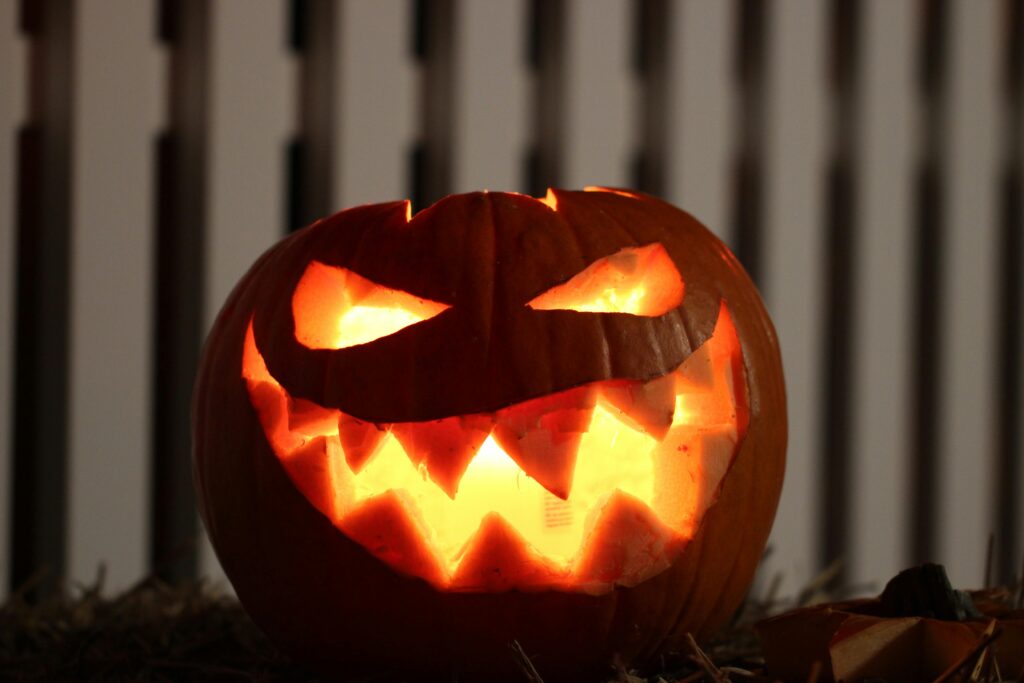
“TRICK-OR-TREATING HAS MEDIEVAL ROOTS
The tradition of trick or treat has its origins in the Middle Ages. During the festival of Samhainchildren and the poor went from house to house asking for food in exchange for praying for the souls of the dead. This practice, known as soulingis the predecessor of what we know today as trick-or-treating.

HALLOWEEN COLORS: ORANGE AND BLACK
Have you ever wondered why the colors of Halloween are orange and black? Orange represents the harvest and autumn, while black symbolizes death and mystery, both key elements in this holiday.
How to celebrate a halloween full of culture
If you want to give a cultural twist to your Halloween celebration this year, here are some ideas on how to do it:
– Host a story night: Invite your friends and family to share horror stories or traditional legends from around the world. From Celtic myths to Japanese legends, there are countless chilling tales to discover.
– Explore international traditions: You can include elements of other cultures in your celebration. Create a Day of the Dead-style altar, or participate in activities such as Irish-style pumpkin carving.
– Dress up with history: Instead of opting for commercial costumes, choose a historical or mythological character from a culture that interests you. Not only will you stand out, but you will also be able to share the story behind your costume.
Halloween is a holiday that has evolved over the centuries, but still maintains its essence: a celebration between the earthly and the spiritual. Whether you celebrate with costumes, candy or by incorporating traditions from other cultures, Halloween is the perfect opportunity to explore mystery, creativity and history.
If you’ve ever dreamed of experiencing Halloween in a completely different way, why not do it through a cultural exchange? With dothegap you have the opportunity to immerse yourself in the traditions of Halloween in another country, experiencing firsthand how it is celebrated in different cultures.
What Halloween traditions do you know or celebrate in your family? We’ll read you in the comments!





